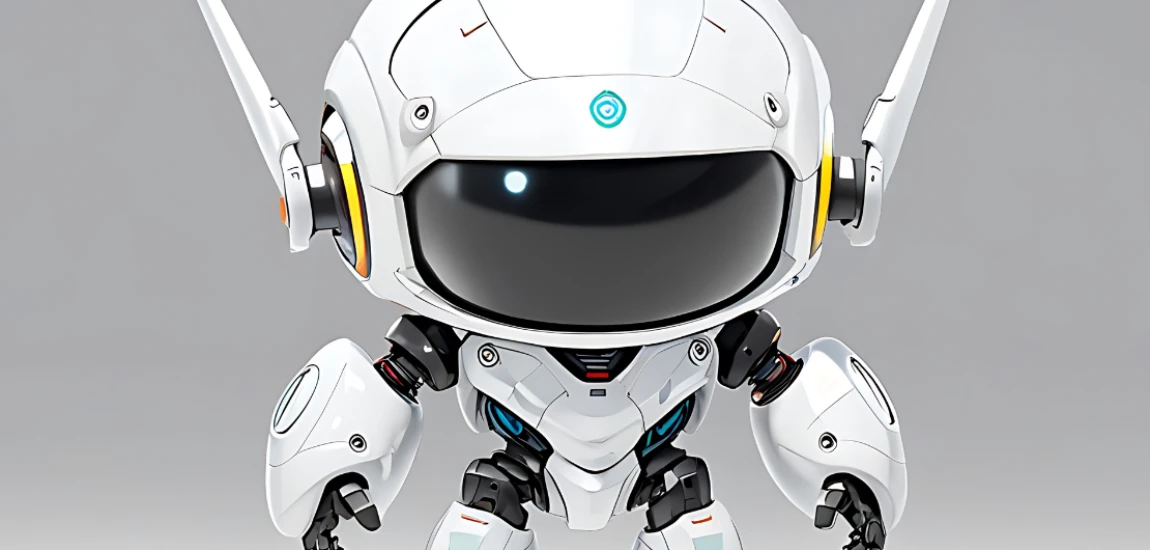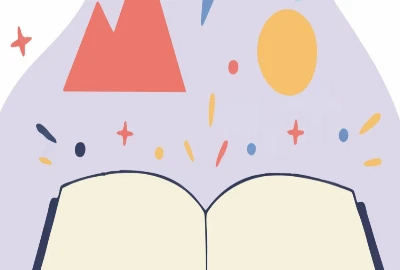AI as Director: Can Machines Master Mise-en-Scène?

Cinema has always been a blend of art and technology. From silent films to CGI spectacles, filmmakers have embraced new tools to tell stories more effectively. Now, artificial intelligence is stepping into the director’s chair. With the rise of generative AI, machine learning, and computer vision, the idea of AI as director is no longer science fiction—it’s a very real conversation. But can machines truly master mise-en-scène—the art of arranging everything within a frame to create meaning? This blog explores how AI is reshaping visual storytelling, the challenges it faces, and whether it can rival human creativity.
What Does Mise-en-Scène Really Mean?

Before asking whether AI can master mise-en-scène, we need to understand the concept itself.
Beyond Technical Composition
Mise-en-scène refers to everything placed before the camera: lighting, actors, set design, props, costumes, and even the way a scene is framed. It’s not just technical—it’s deeply artistic, shaping how audiences interpret emotion and meaning.
The Director’s Invisible Hand
Traditionally, directors use mise-en-scène as their signature. Stanley Kubrick’s symmetry, Wes Anderson’s color palettes, and Wong Kar-wai’s neon-soaked moods are examples of how mise-en-scène defines a filmmaker’s voice.
Why It’s Hard for AI
Unlike simple editing or visual effects, mise-en-scène involves intangible cultural, emotional, and psychological layers. It’s not just about putting elements in place but creating resonance through context, symbolism, and storytelling intent.
How AI Currently Functions in Filmmaking

Artificial intelligence is already shaping the industry, though not yet as a full-fledged director.
AI in Pre-Production
AI tools help analyze scripts, predict audience reactions, and generate storyboards. Platforms like ScriptBook can forecast box office performance, while MidJourney or Runway can create visual pre-visualizations of scenes.
AI in Production
Computer vision systems assist with camera angles, lighting adjustments, and automated focus tracking. Some experimental projects even use AI to suggest real-time framing based on emotional cues.
AI in Post-Production
From automated color grading to deepfake technology and voice cloning, AI is speeding up editing workflows and enabling new creative possibilities. These tools hint at how machines might eventually handle mise-en-scène holistically.
Can AI Replicate Artistic Vision?

The core challenge isn’t technical skill—it’s artistry.
AI and Style Replication
AI can analyze thousands of films to mimic a director’s visual style. For example, it can generate Kubrick-like symmetry or Tarantino-esque framing. But does replication equal originality?
Emotion and Cultural Context
A director doesn’t just arrange visuals—they infuse them with cultural references, historical weight, and emotional subtext. Machines, trained on data, might miss these nuances unless programmed carefully.
The Human Intuition Gap
AI lacks intuition, a quality directors rely on when making split-second choices on set. A human might sense an actor’s subtle emotional shift and adjust lighting accordingly. AI, unless hyper-trained, may miss such moments of serendipity.
Collaboration Between AI and Human Directors

Rather than replacing directors, AI may serve as a creative collaborator.
Augmenting, Not Replacing
Just as CGI didn’t replace filmmakers but expanded their toolkit, AI can help directors refine mise-en-scène by offering suggestions, simulations, and real-time optimizations.
Human Judgment as the Final Filter
Even if AI generates multiple scene variations, the human director ultimately chooses which version carries emotional truth. This ensures artistry remains intact.
Case Studies of Hybrid Filmmaking
Projects like Sunspring, a short film written entirely by AI, show the potential and limits of machine creativity. While AI provided the script, human filmmakers brought mise-en-scène to life. This hybrid model may define the future.
Ethical and Philosophical Implications

If AI can direct films, deeper questions arise about authorship, authenticity, and artistry.
Who Owns the Vision?
If an AI generates a mise-en-scène, who deserves credit—the algorithm, its programmer, or the human director who guided it? Intellectual property laws may need to evolve to address this.
Authenticity vs. Automation
Audiences value authenticity in art. A film crafted entirely by AI might feel hollow if it lacks a human emotional anchor. At what point does efficiency undermine artistry?
The Risk of Homogenization
AI trained on existing films might reinforce formulas instead of innovating. Without human disruption, mise-en-scène risks becoming predictable and repetitive.
The Future of AI-Directed Mise-en-Scène

So, can machines master mise-en-scène? The answer may lie in balance.
AI as a Tool for New Possibilities
Instead of seeing AI as a rival, filmmakers can harness it to push creative limits—experimenting with lighting, blocking, and visual composition in ways too costly or complex for human-only crews.
Potential for Democratization
AI-driven directing tools could empower independent filmmakers, giving them access to high-level visual composition without massive budgets. This could democratize cinema, opening doors for new voices.
The Human-AI Symbiosis
Ultimately, AI might never replace the human soul in storytelling. But as a co-director, it can expand the canvas of mise-en-scène, making filmmaking both more efficient and more experimental.




